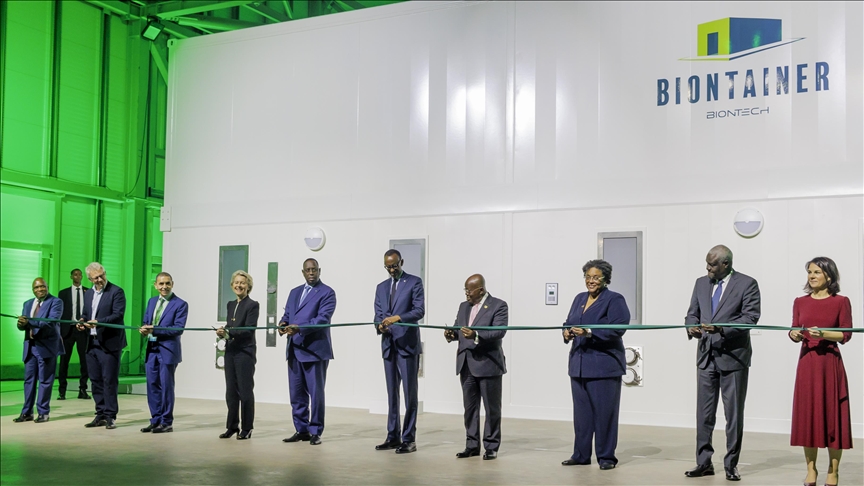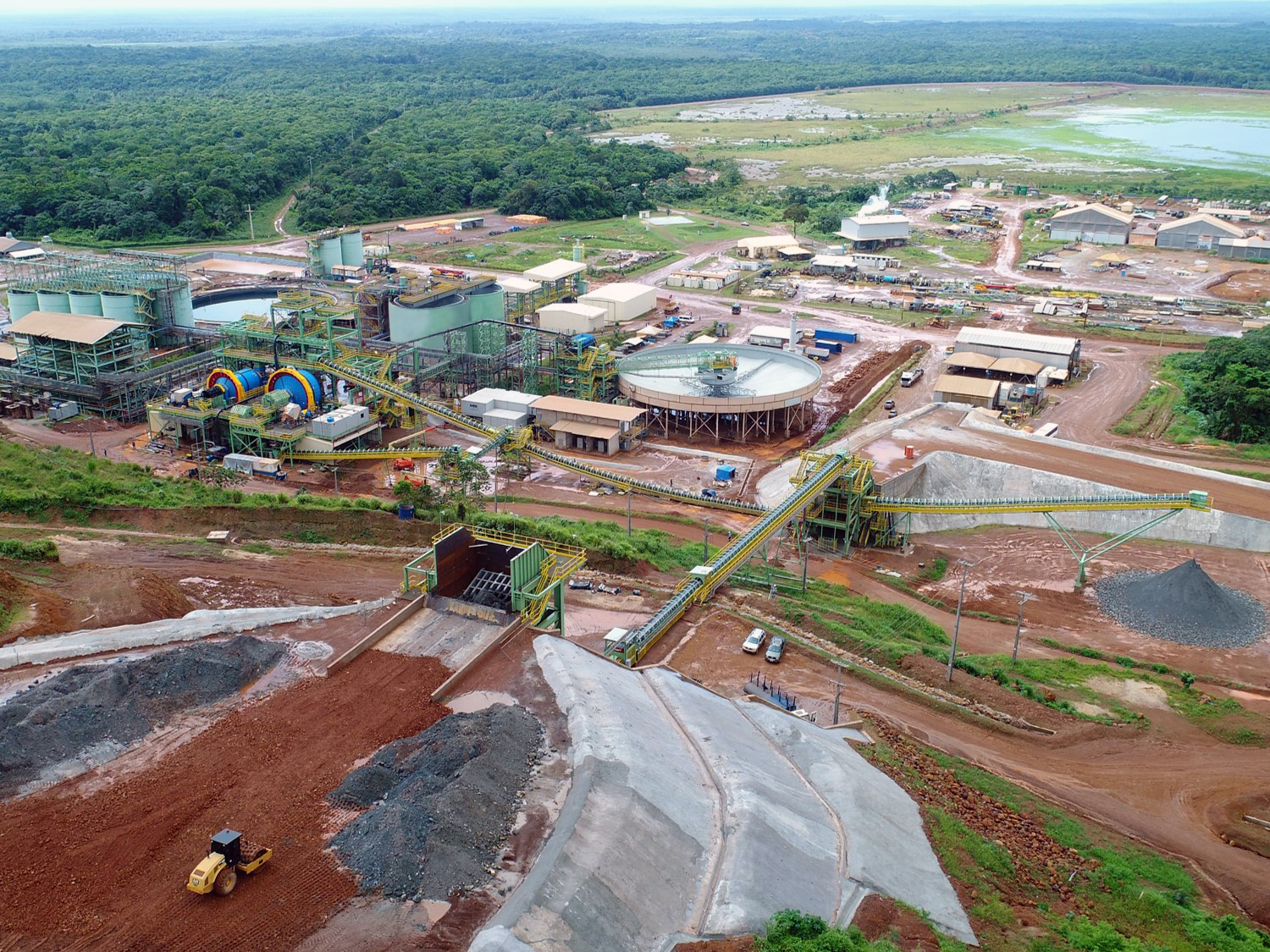MTN & Huawei power 5G revolution in South African coal mines
MTN’s 5G mining deployment is making waves in South Africa as the coal industry moves towards ground-breaking digitisation.
The giant has rolled out 5G operations across more than seven mines in the country, including Phalanndwa Colliery, which became the country’s first 5G-powered mine this year.
The ongoing project, in partnership with the 5G leader Huawei, aims to improve the safety and efficiency of coal mines in the region, which currently face huge challenges.
The mining sector is a vital part of South Africa’s economy, contributing 8 per cent of the country’s total GDP, totalling around €29.3 billion ($32 billion) and employing half a million people.
According to provisional statistics, 49 workers died in last year, compared to 74 in 2021, making it the country with the highest mining-related fatalities in the world. The industry also reported 1,946 serious injuries in 2022 and 2,123 in 2021.
As Huawei’s revolutionary 5G technology gathers momentum, however, unnecessary deaths in the mining industry could soon become a thing of the past, with cutting-edge safety measures becoming part of everyday operations.
Improving safety underground: Phalanndwa leads the way
Phalanndwa Colliery, which is operated by Canyon Coal, now has two major solutions to safeguard mine employees: 5G video surveillance and a 5G + IoT proximity detection system.
Video surveillance can be uploaded and downloaded in high definition using the high bandwidth of 5G. Captured footage can then be compared with images stored in the database using reverse image search capabilities to track movements and reduce security risks.
Number plates can also be identified and automatically compared to the registered whitelist to ensure vehicles are authorised to enter secured areas, while facial recognition prevents workers from entering restricted areas.
The solution also includes image management, image analysis and data analytics to constantly improve accuracy and efficiency.
The 5G + IoT proximity detection system, meanwhile, prevents collisions by detecting people and vehicles near an enabled vehicle and sounding an alarm for a potential hazard.
Additionally, a 5G smart conference network was deployed in the colliery to provide an effective working environment and plans for 5G and artificial intelligence to improve the efficiency of ore sorting are also underway.
Improving operational efficiency
Based on research, 5G can enable up to 25 per cent more ore production, over 40 per cent more drill rig operations and 20 per cent more energy savings by supporting automation and remote operations with its features.
As well as increasing safety, number plate recognition can control movement without human intervention, while the smart conference system optimises the working environment with remote meeting facilities, whiteboarding and conferencing tools.
The 5G + IoT Proximity Detection System can prevent collisions of vehicles caused by driver’s carelessness, which can result in economic savings.
Finally, the deployment of 5G + AI algorithms can achieve online intelligent detection of conveyor belts and intelligent sorting of underground ore.
In the event that a conveyor belt breaks, the system will alert relevant parties to shorten the repair time. The intelligent sorting system will also use X-ray capabilities to screen ore, efficiently identifying ore grades and reducing waste.
World-class security
As with any digital system, security is key and Huawei has taken staunch measures to protect its 5G system from cyber-attacks.
The deployed solution and services are fully independent and self-contained on the private network with zero interfacing with the consumer core network. Any operations or faults on the consumer core network will not affect the private 5G network and its local services.
Additionally, the private 5G core is a Huawei Kite L-type solution, which protects critical assets with network isolation, data protection and user authentication.
Network security is also steadfast with a private mining network to reduce intermediate network links and improve end-to-end latency and bandwidth stability. The private network supports independent operation and provides efficient disaster recovery.
Trustworthy connectivity is guaranteed by built-in data protection security, which prevents cyber-attacks using anti-virus intrusion detection and heightened authentication measures.
The future of 5G mining
In order to expand their operations, Huawei and MTN have paired up with other development partners including video surveillance vendors and drone, AR and AI safety surveillance companies.
To facilitate the wide commercial use for MTN, Huawei has also developed a 5GtoB online store, where application developers and system integrators can access operators’ 5G network capabilities.
Now, the focus is fixed on duplication in other mines in South Africa, multiplying operational productivity and saving lives on a national scale.
Share this content:














